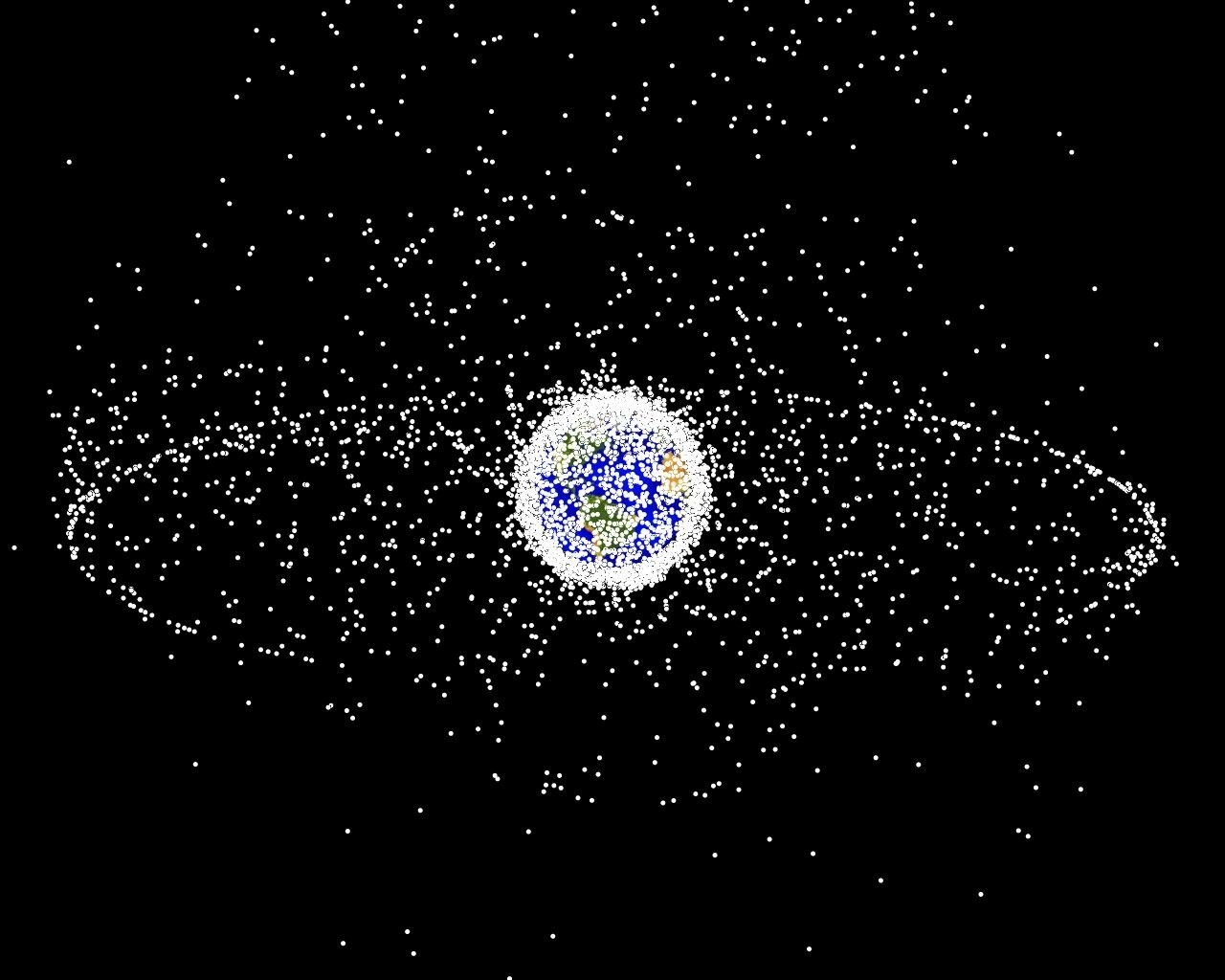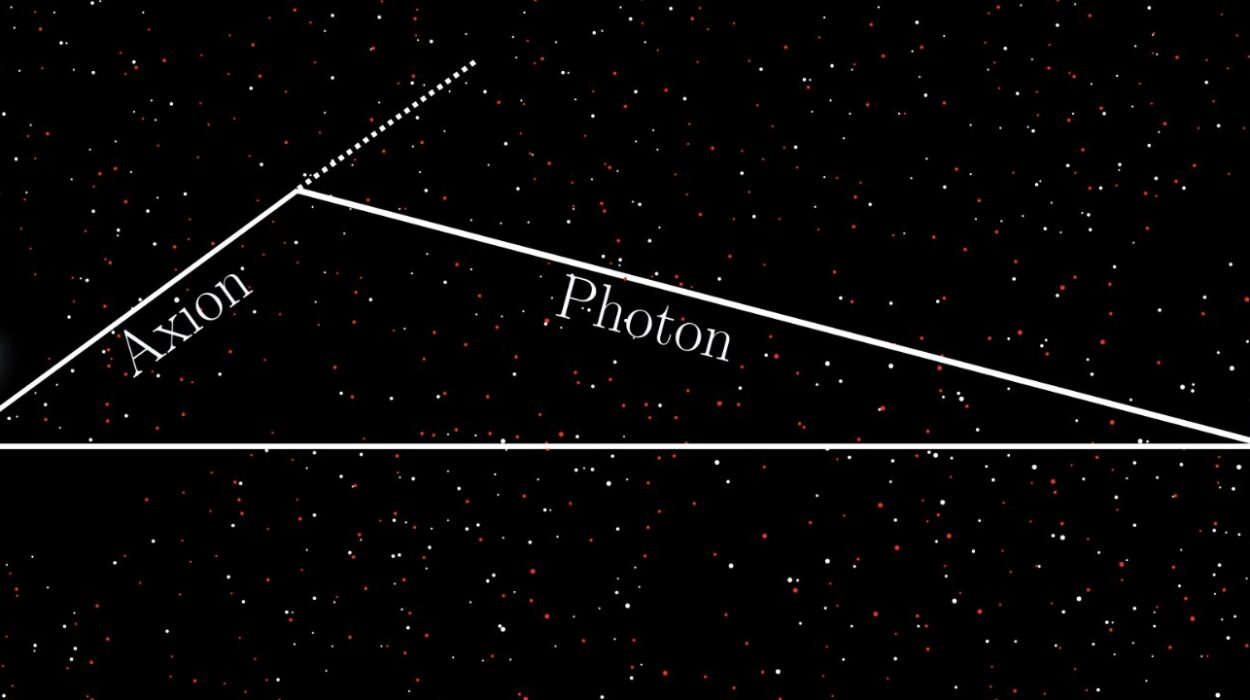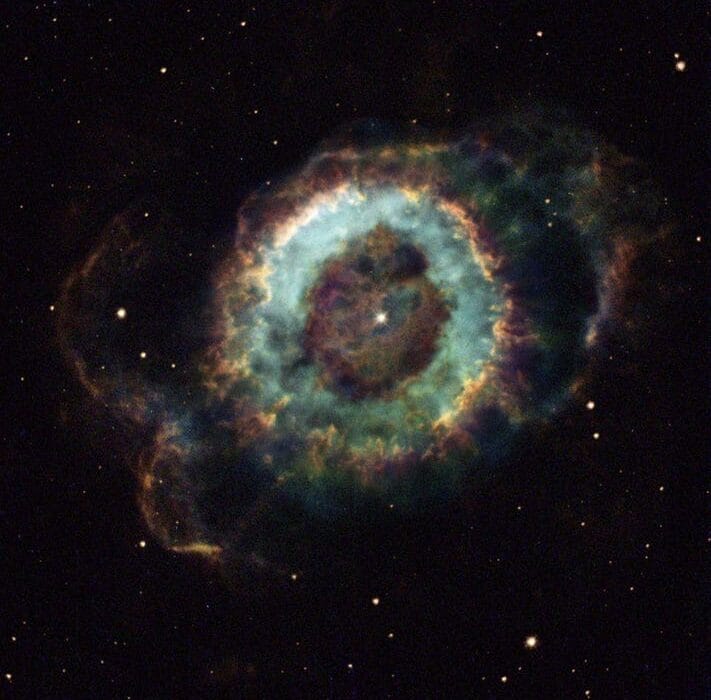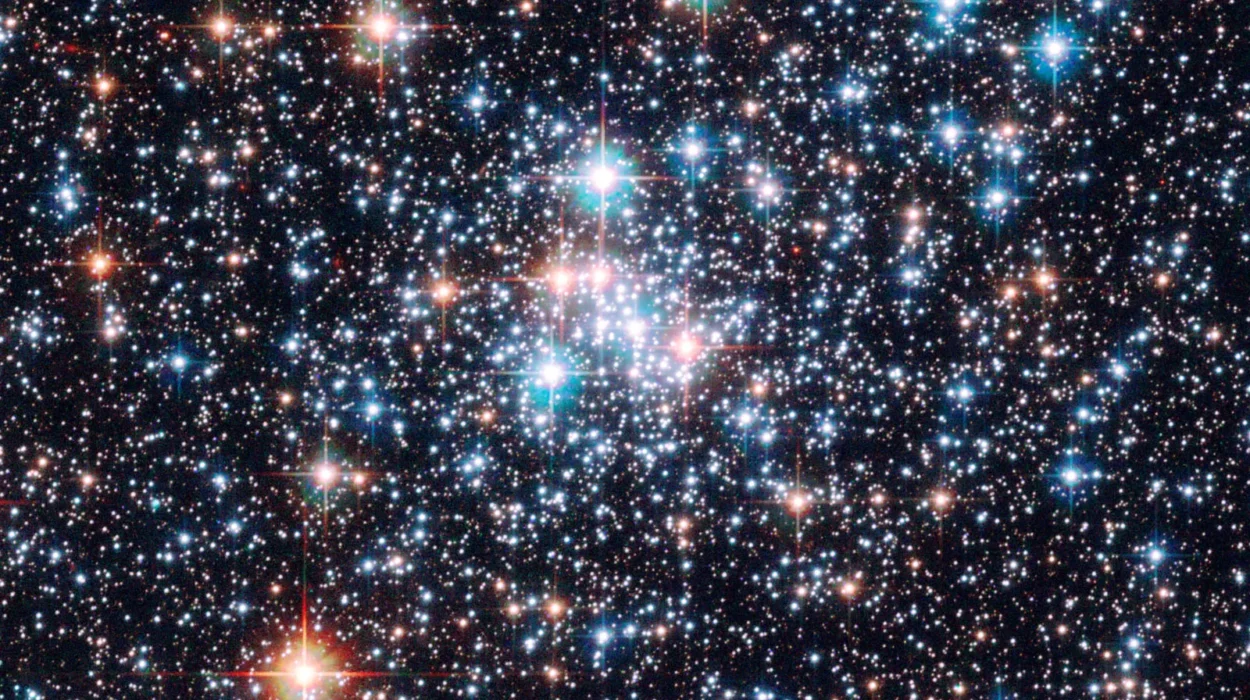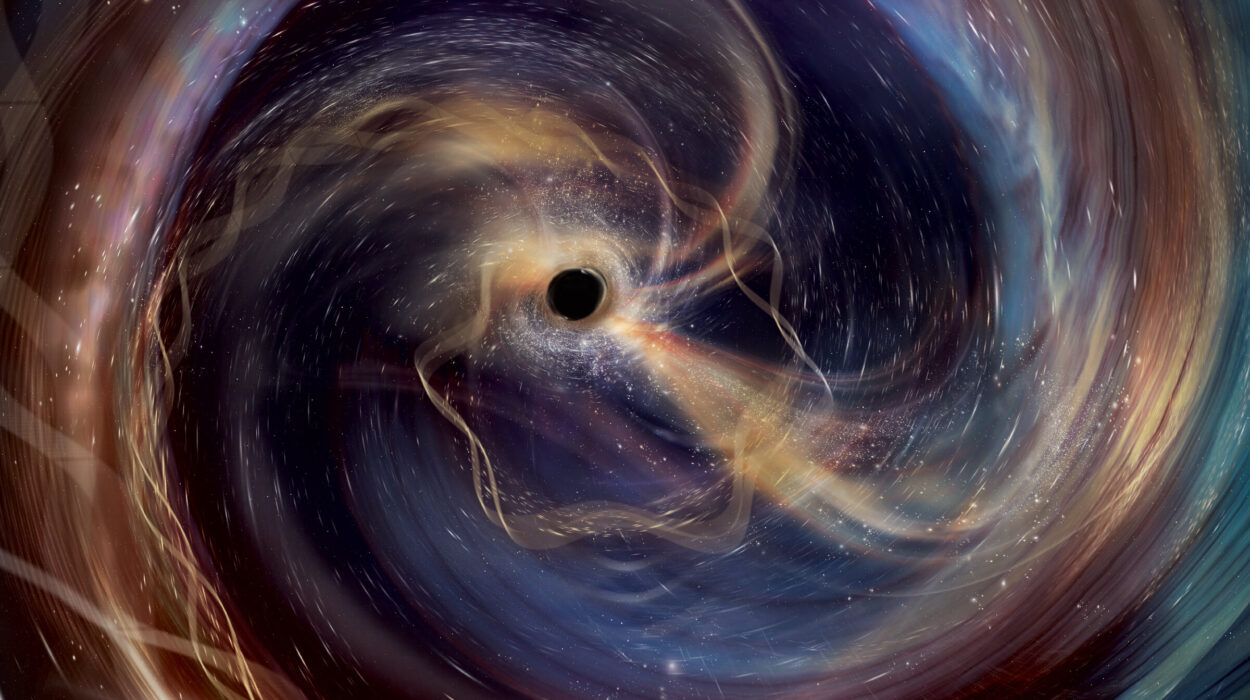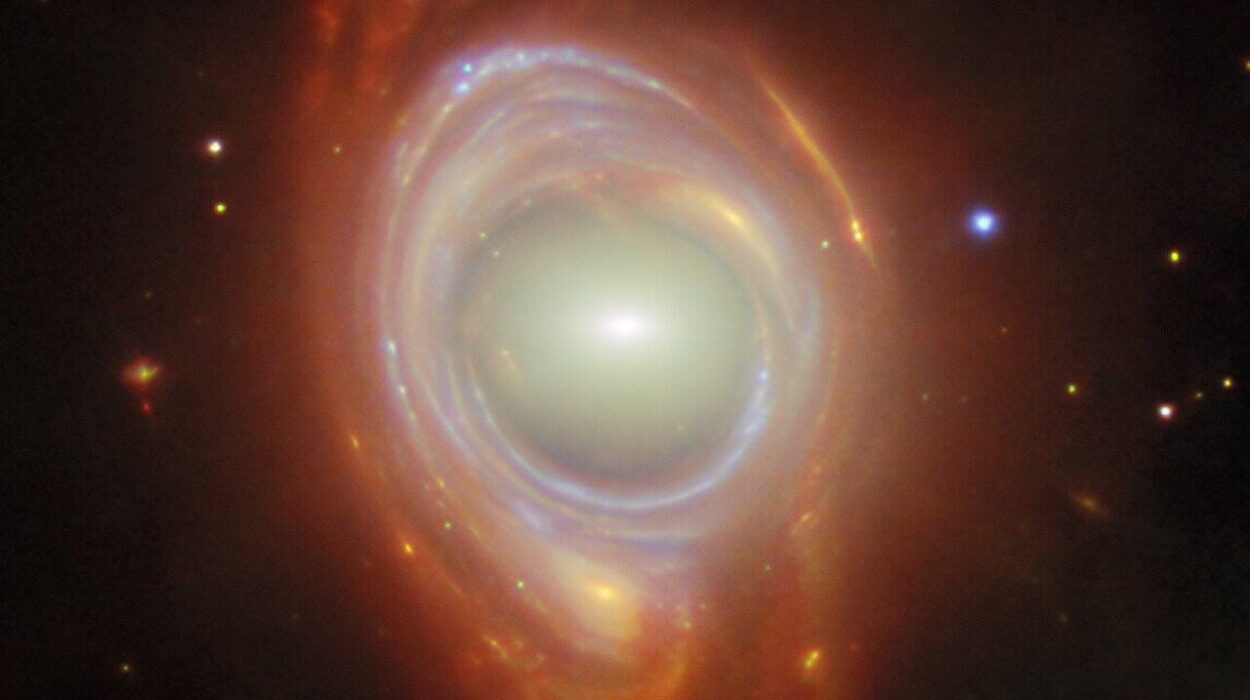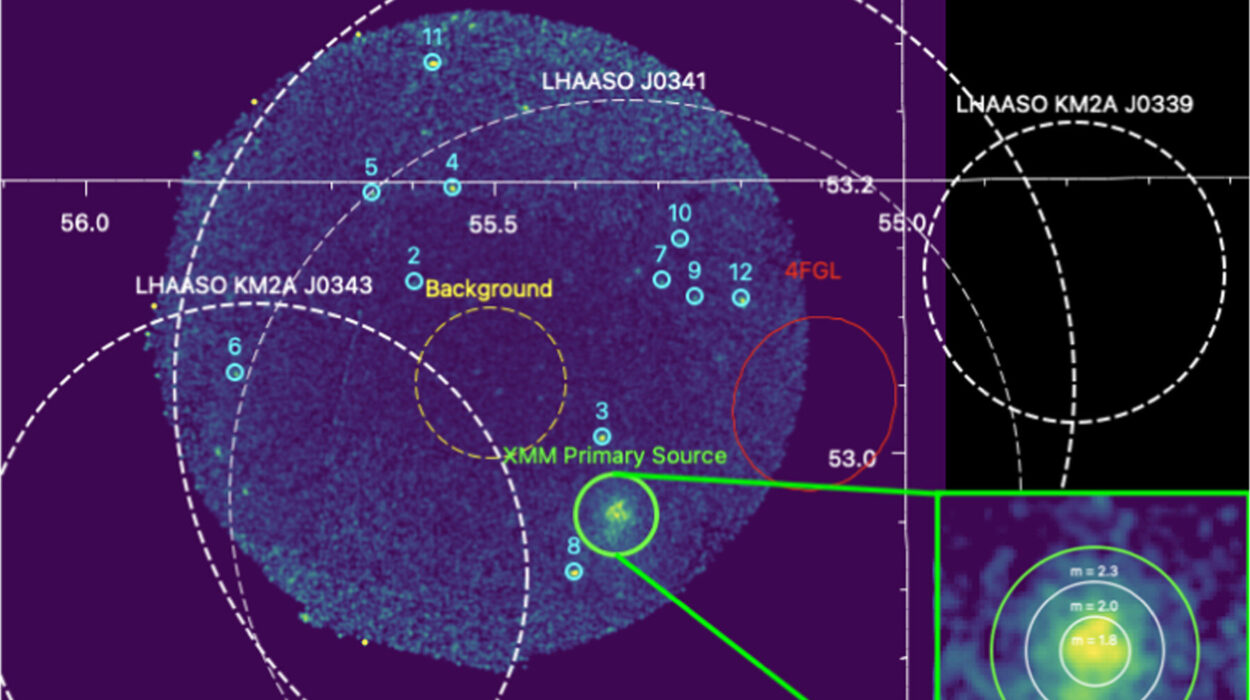The sky above us is not empty. Thousands of satellites circle Earth in low Earth orbit (LEO), some dutifully beaming down communications or Earth observation data, others drifting as defunct relics of past missions, and a few cloaked in secrecy—silent watchers whose missions and configurations are unknown. We know a great deal about many of these objects. But there’s a growing subset—especially those of military or classified origin—about which we know very little. Not even their shape is certain.
In an era when space is becoming congested, contested, and increasingly commercialized, understanding exactly what is in orbit—and what those objects look like—is becoming an urgent priority. Now, a group of researchers has shown that the very stars above us may hold the key.
A new technique, inspired as much by the precision of astronomy as by the needs of national security and space traffic management, proposes that we can deduce the shape of satellites by watching them pass in front of stars. These fleeting events, called occultations, have long been used to study asteroids and planetary moons. But now, in a clever twist, the method is being adapted to decode the silhouettes of artificial objects hurtling around our planet.
The Busy Highway of Low Earth Orbit
Low Earth orbit, defined as the region of space up to about 2,000 kilometers (1,200 miles) above Earth’s surface, is the most active neighborhood in space. It’s where the International Space Station zips around Earth every 90 minutes. It’s where Earth observation satellites, internet mega-constellations, and weather monitors operate. It’s also where defunct satellites, spent rocket bodies, and fragments of past collisions—space debris—float in silent menace.
This region is packed and growing ever more crowded. In the early 2000s, there were a few hundred active satellites in LEO. Now, thanks to companies like SpaceX, OneWeb, and others racing to build space-based internet systems, there are thousands—and more are launching every month. As of 2025, over 9,000 operational satellites orbit Earth, most of them in LEO. Add to that at least 35,000 tracked pieces of debris and untold numbers of smaller, untrackable fragments, and the scope of the problem becomes clear.
Knowing what’s up there isn’t just a matter of curiosity—it’s vital. Collisions in LEO could create even more debris, endangering astronauts, satellites, and our entire infrastructure of space-based services.
Classified Shadows and the Limits of Current Tracking
Tracking satellites is a complex task. Space surveillance networks use radar and optical telescopes to monitor objects, determine their orbits, and estimate their sizes. These systems can often track an object’s path very precisely—but knowing what the object is, and what it looks like, is another matter entirely.
Radar cross-section (RCS) measurements, for instance, depend heavily on a satellite’s materials and geometry. A stealthy design, much like stealth aircraft, can reflect minimal radar signals, masking the object’s size or even presence. Similarly, optical observations depend on reflected sunlight, which can be minimized by design or simply be unavailable at certain times, especially when satellites are in Earth’s shadow.
What’s more, many satellites are classified. Their operators deliberately obscure their orbits or characteristics, making standard identification methods inadequate. That leaves observers with one big question: how can we detect and categorize an object designed not to be detected?
Reinventing Occultation: From Natural Bodies to Man-Made Ones
The answer might lie in a technique borrowed from the study of distant planets and asteroids. Occultations happen when a foreground object passes in front of a background star, momentarily blocking its light. These events have helped astronomers study the atmospheres of planets, measure asteroid sizes, and even detect exoplanets.
Now, in a novel application, researchers led by Benjamin Cooke at the University of Warwick’s Center for Space Domain Awareness propose using occultations to determine the shapes of satellites in LEO. Their paper, “Classification of LEO Satellites Using Occultations of Background Stars,” represents the first comprehensive simulation to explore how this technique could be applied to artificial satellites.
Their approach is elegant: when a satellite passes in front of a star, it casts a fleeting shadow—a dip in starlight recorded by sensitive instruments on Earth. By analyzing the timing, duration, and geometry of these dips, and combining data from multiple background stars, it is theoretically possible to reconstruct the outline of the satellite.
Shapes in the Sky: Boxwings and Squares
In their simulation, Cooke and his team focused on two generalized satellite shapes: the boxwing and the square. These may sound abstract, but they reflect common design motifs in spacecraft.
Boxwing satellites consist of a central rectangular bus flanked by solar panels—extended “wings” that create a distinct cross-like profile. Many modern communication and observation satellites fall into this category. Square satellites, on the other hand, are compact bodies without solar panel extensions. Think of cube-shaped microsatellites or sensor packages.
By simulating occultations for 100,000 theoretical satellites crossing regions of dense star fields, the researchers tested whether their technique could distinguish between these shapes.
First, they determined the rotation angle—how the satellite is oriented relative to its direction of motion. Next, they analyzed the location of the shape’s edges by measuring when each occultation occurred. For symmetrical designs, the edge data on one side can be mirrored to reconstruct the full shape.
The final step involved matching the pattern of occultations to the expected outline of a boxwing or square satellite, identifying which shape fit the data better.
Strengths and Limitations: A Theoretical Success, a Practical Challenge
The results were promising. When occultations were sufficiently frequent—i.e., when the satellite passed in front of many stars in a short time—the simulation was often able to correctly identify the satellite’s shape. Boxwing satellites had a higher classification success rate than square ones, likely due to their larger and more complex outlines generating more intersection points with background stars.
Yet the study also laid bare the limitations of current technology. To apply this method in the real world, telescopes would need to capture images at extremely high frame rates—hundreds to thousands of frames per second—to resolve the fast-moving satellite and the brief stellar occultations.
Furthermore, the method requires dense stellar fields. That means pointing telescopes at regions of the sky rich in stars, such as near the Milky Way’s plane, and hoping the satellite’s trajectory crosses enough of them during its brief visible path.
And there’s another major hurdle: occultations are only visible when the satellite is not sunlit. If the satellite is illuminated, its reflected light overwhelms the tiny dip in starlight, erasing the signal. That restricts observations to short twilight windows when the sky is dark, but satellites are still silhouetted against starry backgrounds.
For now, the researchers admit, the technique is impractical using existing telescopes and camera systems. But as technology improves, especially with the advent of more sensitive detectors and faster imaging systems, occultation-based satellite shape detection could become a powerful new tool in the domain of space surveillance.
A Future Window Into the Secretive Skies
The implications of this research extend far beyond academic curiosity. As space becomes more crowded, and as nations increasingly rely on satellites for military and economic advantage, the ability to passively monitor and characterize objects in orbit becomes vital.
A method that bypasses the limitations of radar and sunlight, and instead uses natural starlight as a backlight to create a silhouette, offers a fundamentally different way to approach space domain awareness. It levels the playing field. A satellite might evade radar or hide in shadows, but it can’t stop the stars from shining behind it.
Moreover, this technique could contribute to efforts to manage the growing problem of space debris. Knowing the shapes and configurations of non-functional satellites can help predict how they’ll behave over time—how they might tumble, how atmospheric drag will affect them, or whether they pose a collision risk.
It could also help identify unknown or rogue satellites—objects that may have maneuvered out of known orbits or that were launched covertly. A sudden appearance of an untracked object crossing multiple star paths could provide an opportunity to infer its structure, mission, and possibly its origin.
Occultation Astronomy Reimagined
In some sense, this research represents the coming of age for occultation astronomy. For decades, this technique has been used by planetary scientists to study distant worlds. When the Kuiper Belt object Arrokoth (formerly known as MU69) was targeted by NASA’s New Horizons mission, occultation observations helped refine its size and shape. Astronomers have used similar events to probe the atmospheres of Pluto and Titan.
Now, with satellites crowding our skies, occultation is being repurposed—not to look outward into the Solar System, but inward toward the machines we’ve placed above our heads. In doing so, astronomers are flipping the technique on its head, turning Earth’s orbital shell into a canvas of shadows and stars.
This research is a testament to the adaptability of scientific methods. The same cosmic principles that allow us to study distant exoplanets can help us understand what’s floating just a few hundred kilometers above us.
Toward a New Era of Space Awareness
The future of space will not be defined solely by new rockets or larger constellations. It will also depend on how well we can observe, track, and understand what’s already in orbit.
The work of Cooke and his colleagues lays important groundwork. While their method may not be feasible today, it offers a vision of tomorrow—a world where optical surveillance is augmented by advanced algorithms, where passive stargazing becomes a tool for space security, and where even the most secretive satellites can be revealed by the quiet background of the universe itself.
In the years to come, observatories may rise with fast sensors and wide fields of view, scanning dense star fields for these telltale winks of light. Each blink could tell a story—not of distant galaxies, but of a tumbling boxwing satellite, a rogue signal interceptor, or a drifting fragment of a long-dead spacecraft.
In this cosmic interplay of shadow and light, we may find a path toward clarity—and perhaps, through it, the means to protect the space environment for generations to come.
Reference: Benjamin F. Cooke et al, Classification of LEO Satellites Using Occultations of Background Stars, arXiv (2025). DOI: 10.48550/arxiv.2505.03474
